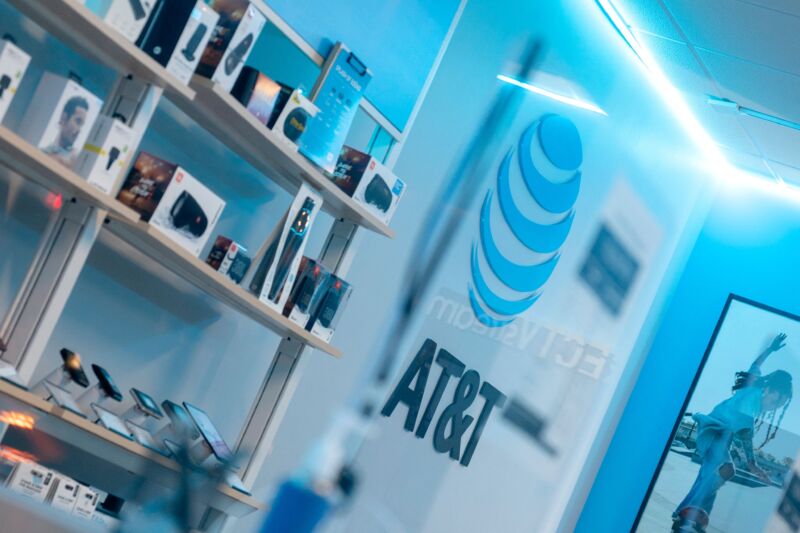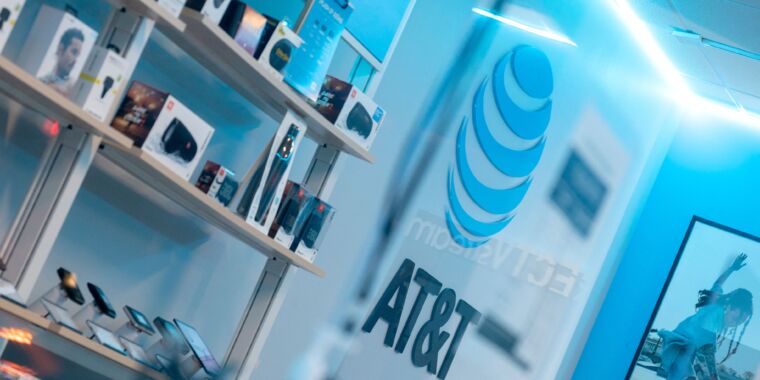
Update: An AT&T spokesperson said in response to this story that “only 2022 and newer devices can be certified by the FCC to use 3.45 GHz.” Statements regarding upgrading of older 5G phones were “provided by mistake and then incorrectly confirmed,” said Jim Greer, AT&T spokesperson. “We regret the error and apologized to the reporter and his readers for the mistake.” The original story follows.
AT&T has admitted it will not upgrade “older” phones and tablets—some released as recently as June—as it rolls out its newly acquired midband 5G frequencies, going back on public statements it made as recently as late August.
The carrier told CNET on August 23 that it would release a software update that would allow phones like the iPhone 12 and 13, the Pixel 6, Galaxy S21 models, and low-cost Motorola phones to utilize the 3.45 GHz C-band AT&T purchased for roughly $9.1 billion in early 2022. Combined with the low-band access AT&T already offered, this would give its 5G phones access to both wider coverage and faster average speeds.
This was notably different from AT&T’s stance in January 2022, just after it had won its hard-fought spectrum auction. Back then, Chris Sambar, AT&T’s executive vice president of technology operations, told CNET that 3.45 GHz support would only be available on “the major flagship devices in 2022, the big devices from the big OEMs.”
AT&T’s mid-summer confidence, or confusion, came to light a little over two weeks after its reported and confirmed upgrade promise.
AT&T admitted to CNET last week that the list of devices supporting its new bands was more like 11 newer flagship devices, not more than 30 existing models. AT&T described the considerable discrepancy on “an inaccurate list… provided by mistake and then incorrectly confirmed during the fact-checking” of CNET’s post, according to Jim Greer, assistant vice president of corporate communications for AT&T.
It’s unclear whether AT&T was wrong about the frequency capabilities and hardware inside the phones it sold, if FCC certification was an issue, or if AT&T simply abandoned its work to make “older” phones viable through a software update.
The iPhone 13 uses a Qualcomm SDX60M modem, while the iPhone 14 is likely sporting the X65, the same chip as in the Samsung S22 models. A PC Magazine post from February noted that the X65 could reach and combine AT&T’s frequencies from the lower and upper parts of the n77 subsection of the C-band, providing 85 MHz of space compared to 45 MHz on an X60 chip.
Those with 5G-capable phones on AT&T will still have access to the carrier’s 3.7 GHz C-band, along with mmWave and low-band frequencies. Notably, AT&T continues to sell phones and other 5G devices that will never have access to its prime 3.45 GHz space, some with three-year contracts.
AT&T has a rich recent streak of blending facts and marketing in its handling of new network technologies. The carrier pushed a “5GE” icon to phones that were 4G-only in early 2019, proudly proclaiming that it “broke our industry’s narrative” over what actually counts as 5G. After lawsuits and arbitration hearings, AT&T was forced to drop it, if only in advertising.
In mid-2020, AT&T emailed customers with 3G phones a misleading message that left many believing their phones would imminently stop working and required upgrading. AT&T wasn’t due to turn off 3G until February 2022, and some of those customers had phones that would work on other frequencies beyond that date.
When AT&T finally launched a 5G network, testers found its speeds were notably slower than many of its competitors’ 4G offerings.
We’ve reached out to AT&T for comment on this post and will update if we receive a response.








